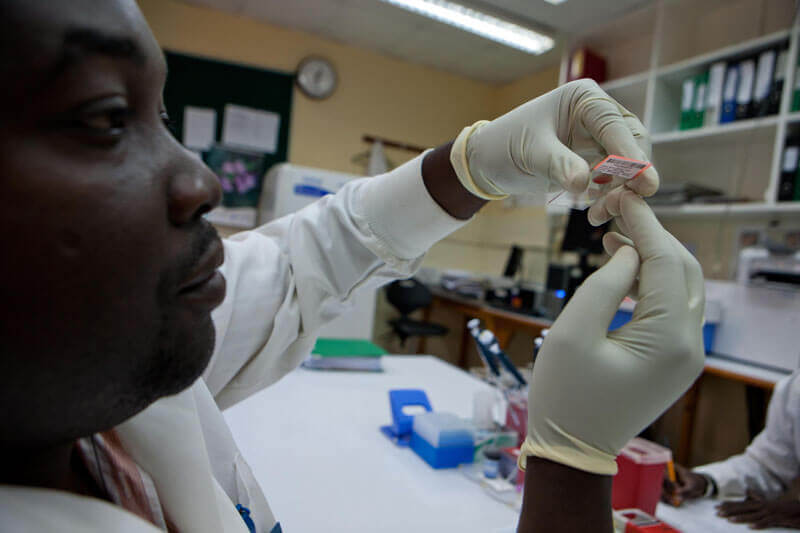Today, the Senate appropriations committee approved a fiscal year (FY) 2014 appropriations bill that outlines funding levels for the National Institutes of Health (NIH) and the Centers
for Disease Control and Prevention (CDC). The Labor, Health and Human Services, Education, and Related Agencies (Labor-HHS) Appropriations Bill would
take the positive step of restoring sequestration cuts to CDC and NIH, although there is mixed news for global health programs at the agencies.
NIH
- The bill would fund the NIH at a total of $30.9 billion in FY 2014, restoring this year’s five percent sequestration cut and providing a small increase
over last year’s budget. Science Insider reports that the NIH had “strong support” from Senate Appropriations Committee Chair Barbara
Mikulski (D-MD), who recently said that she is determined to reverse "reckless cuts to American biomedical research." In her opening remarks earlier
today, Sen. Mikulski said, “Because of the investments we have made in NIH over the past decades, … HIV and AIDS is no longer a death sentence,
and polio and small pox are essentially eradicated in this country. These medical breakthroughs didn’t just happen, they occurred because this
Committee supported NIH, and the NIH supported dedicated scientists who sought knowledge and medical breakthroughs. We must keep up this support.”
- The bill includes $50 million, five times the FY 2013 level, for NIH’s Cures Acceleration Network, which aims to speed the translation of medical research
discoveries in the laboratory that have not advanced far enough to attract significant investments from the private sector.
- According to Nature, in order
to approve a new NIH budget—as opposed to passing yet another continuing resolution for FY 2014—the House and Senate must agree on
a common figure for the agency. As a comparison, the House FY 2014 Labor-HHS bill would provide $8 million less for NIH compared with the Senate
version.

- The Senate Labor-HHS appropriations bill for FY2014 would fund the NIH at $30.9 billion and the CDC at $7.022 billion. Credit: PATH/Evelyn Hockstein
CDC
- The Senate bill would provide CDC with $7.022 billion in funding for FY 2014. The bill would restore the $800 million cut from CDC’s budget by sequestration
and add a $22 million funding increase.
- The bill would provide $391.9 million for CDC’s Center for Global Health. This would include $116.9 million for CDC’s Global AIDS Program, which is
equivalent to the FY 2013 level, but $15 million below President Obama’s FY 2014 request. The bill would provide $19.3 million for CDC’s Parasitic
Diseases and Malaria program, which is comparable to FY 2013 levels, but less than the $22.2 million requested by Obama.
- CDC’s Division of Tuberculosis Elimination would receive flat funding at the FY 2013 funding level of $140 million. No additional funding for the division’s
research programs was allocated.
- Finally, the bill also contains a total of $19.2 million for Global Public Health Capacity Development. These funds are for a new initiative to support
public health capacity building in at least five developing countries over a two-year period to be overseen by CDC.
The fate of the Labor-HHS appropriations bill is unclear from this point on. There is a $91 billion funding gap between the House and Senate overall budgets
for FY 2014. And while the House Labor-HHS subcommittee has its overall budget, the subcommittee has not announced a date for consideration of a bill.
Whatever happens, both the House and Senate must work to protect funding levels at the NIH, CDC, and all federal agencies that support global health
and research programs.
